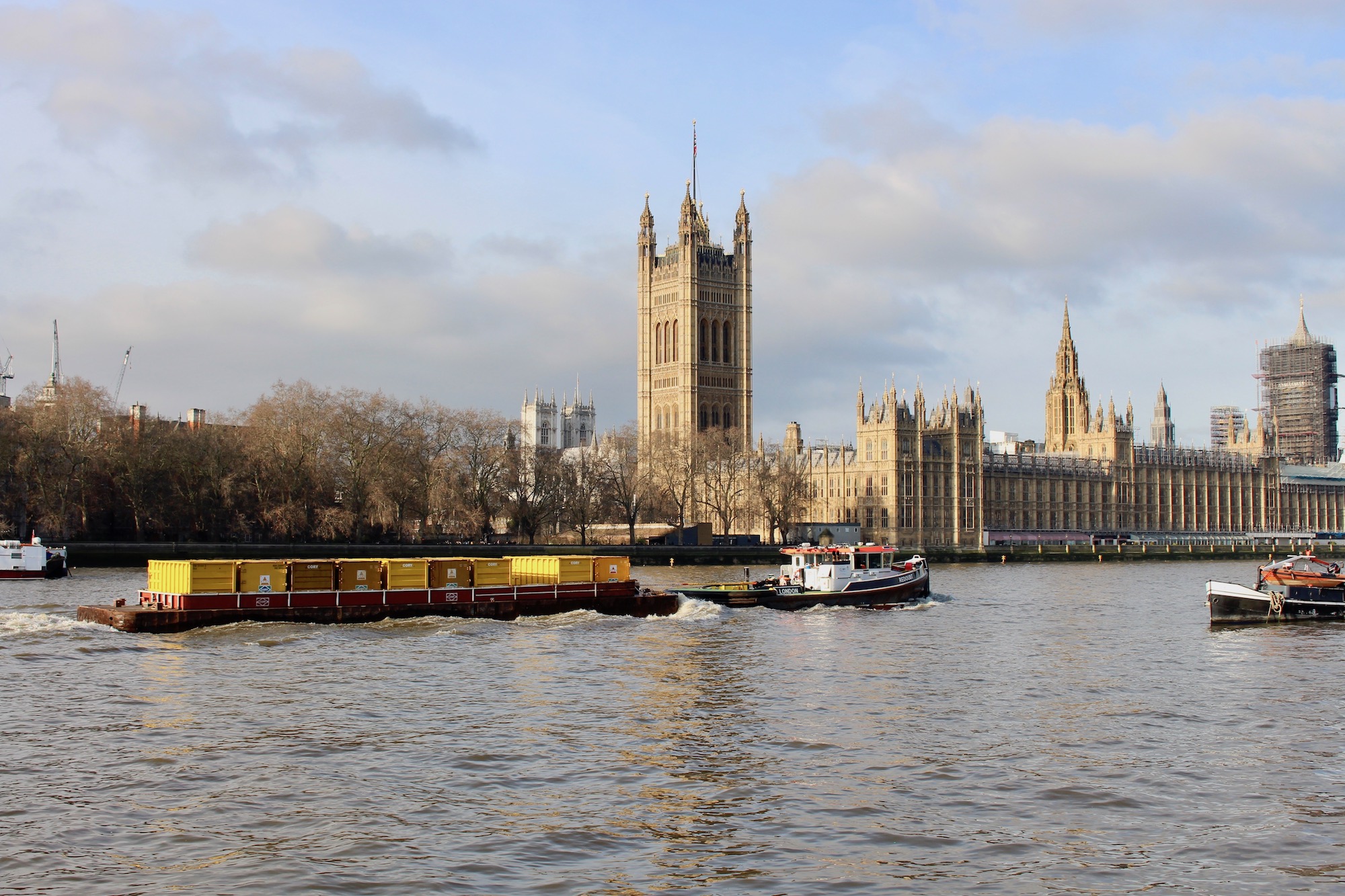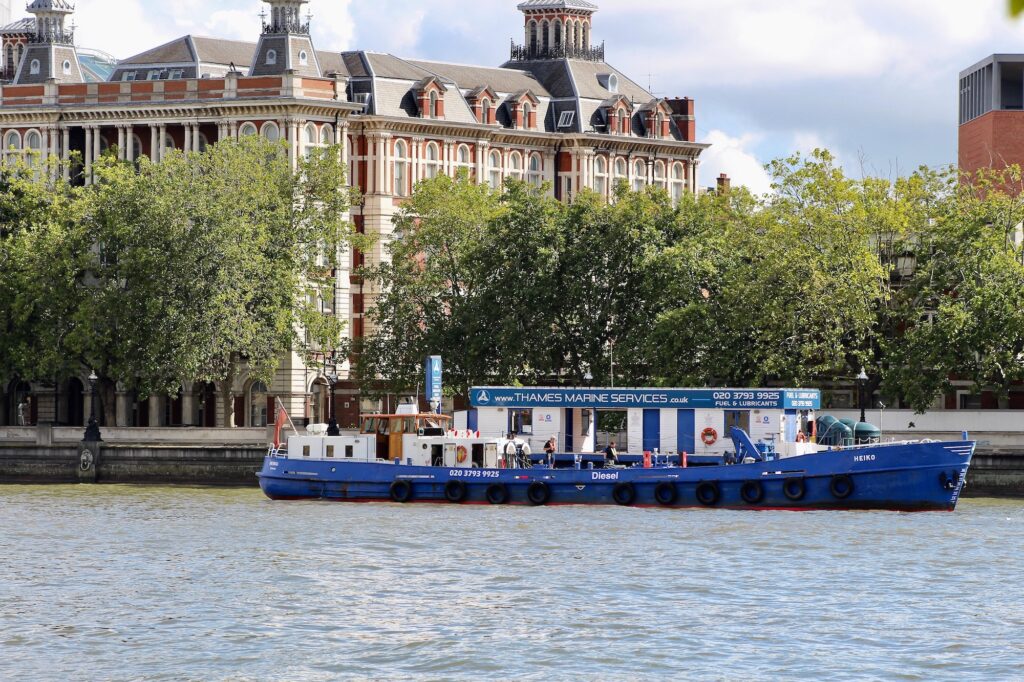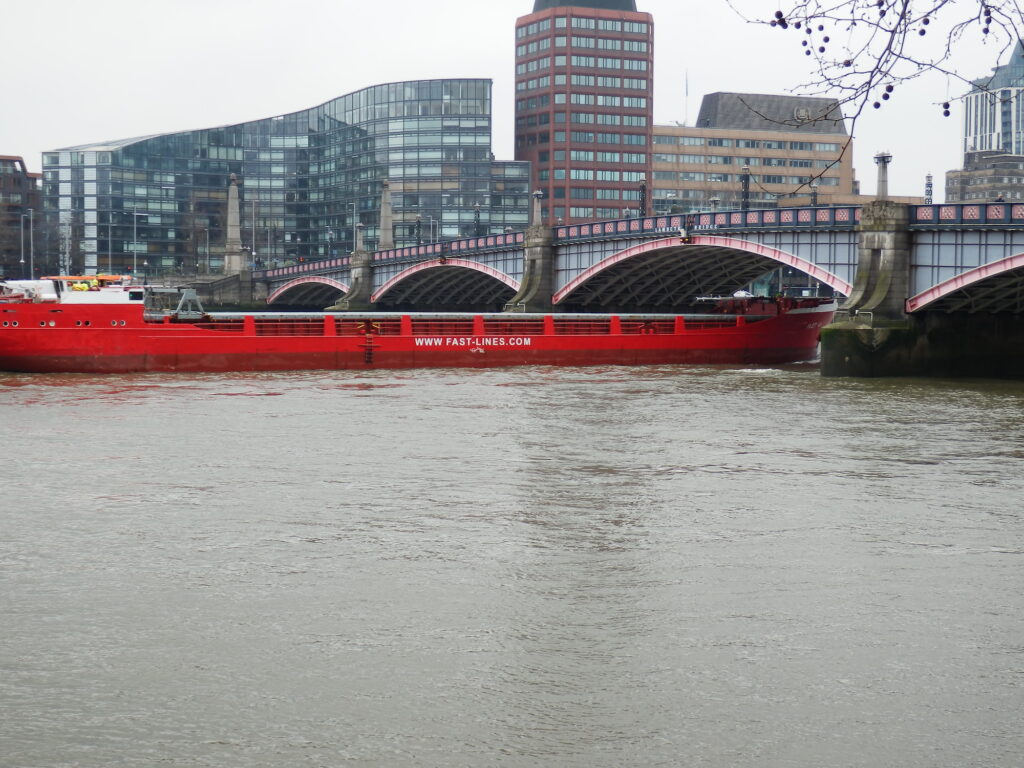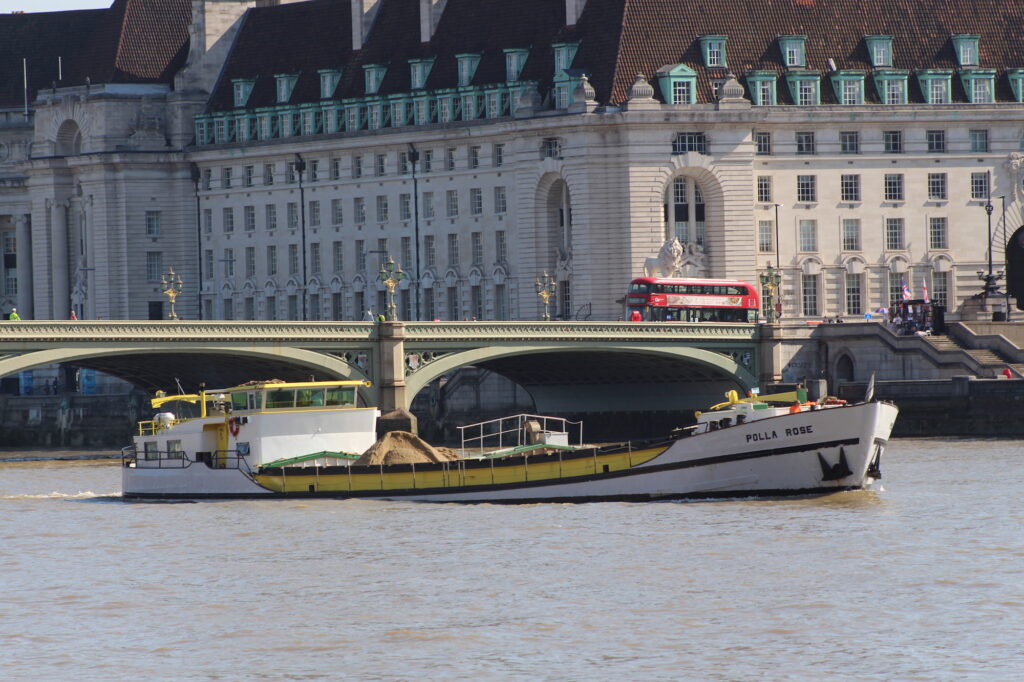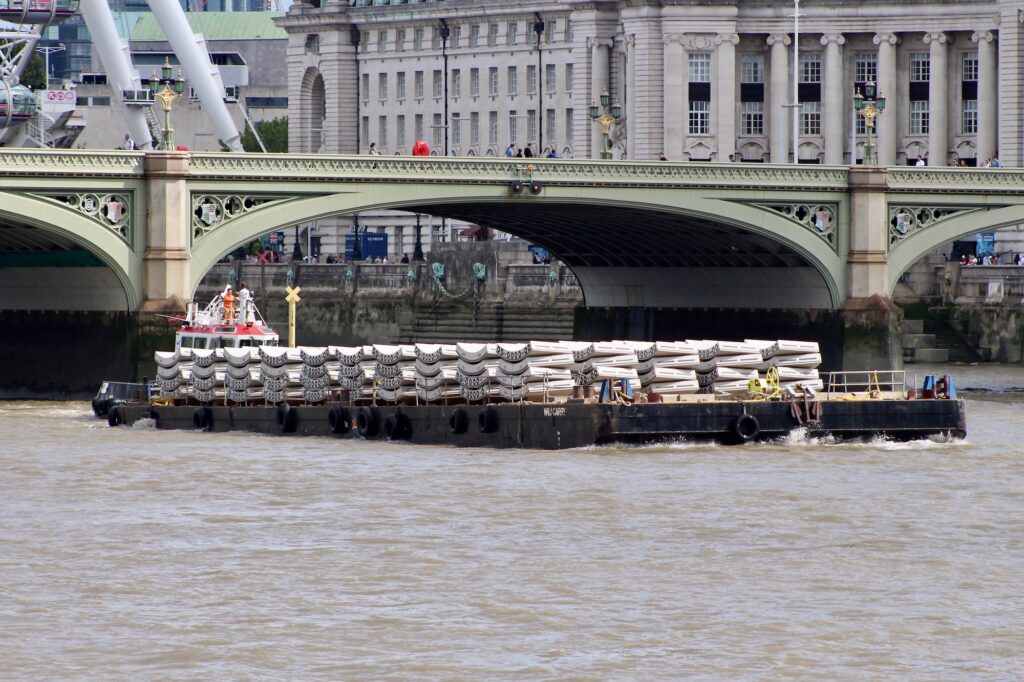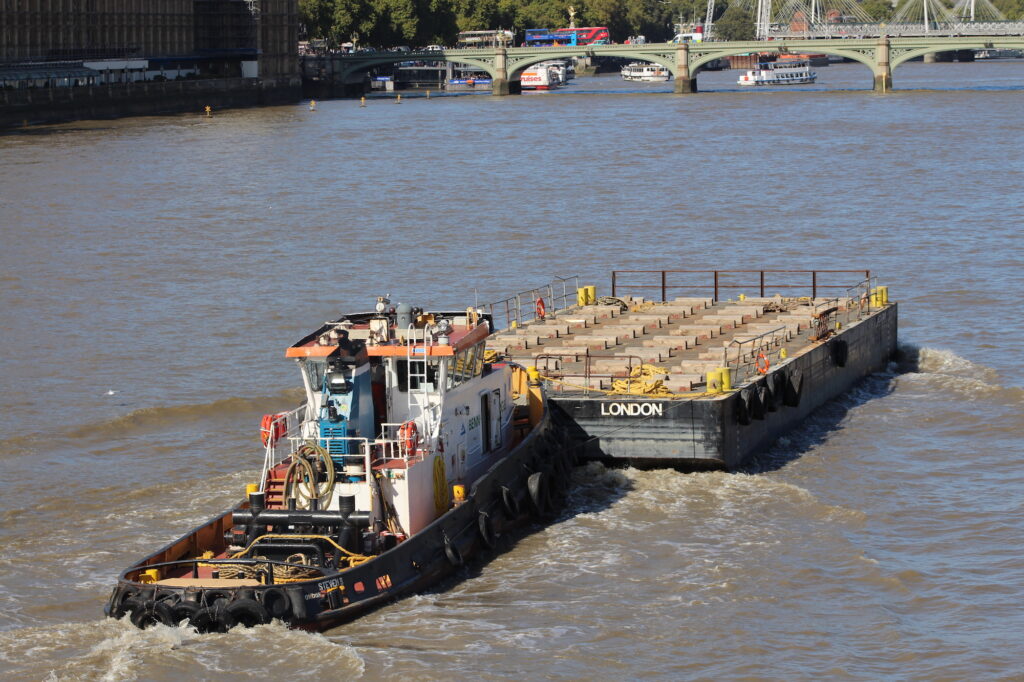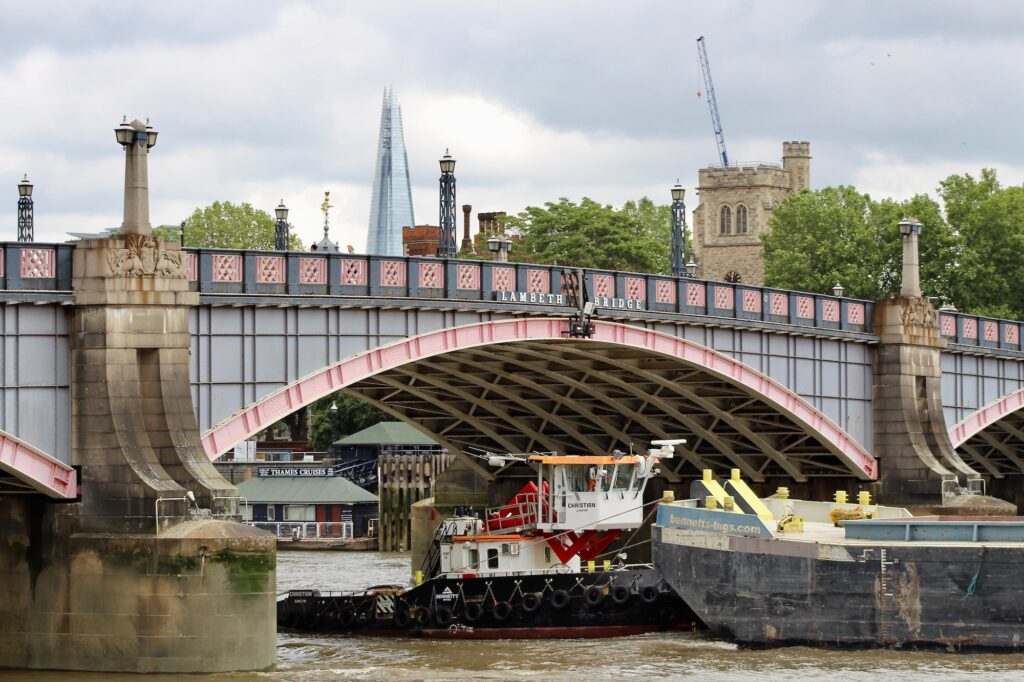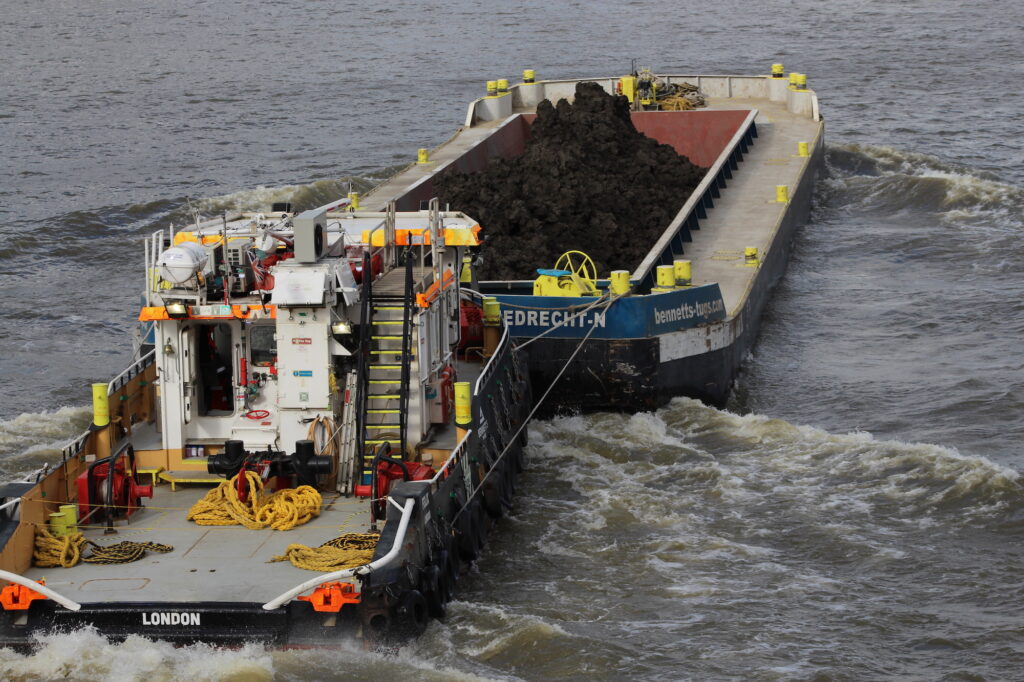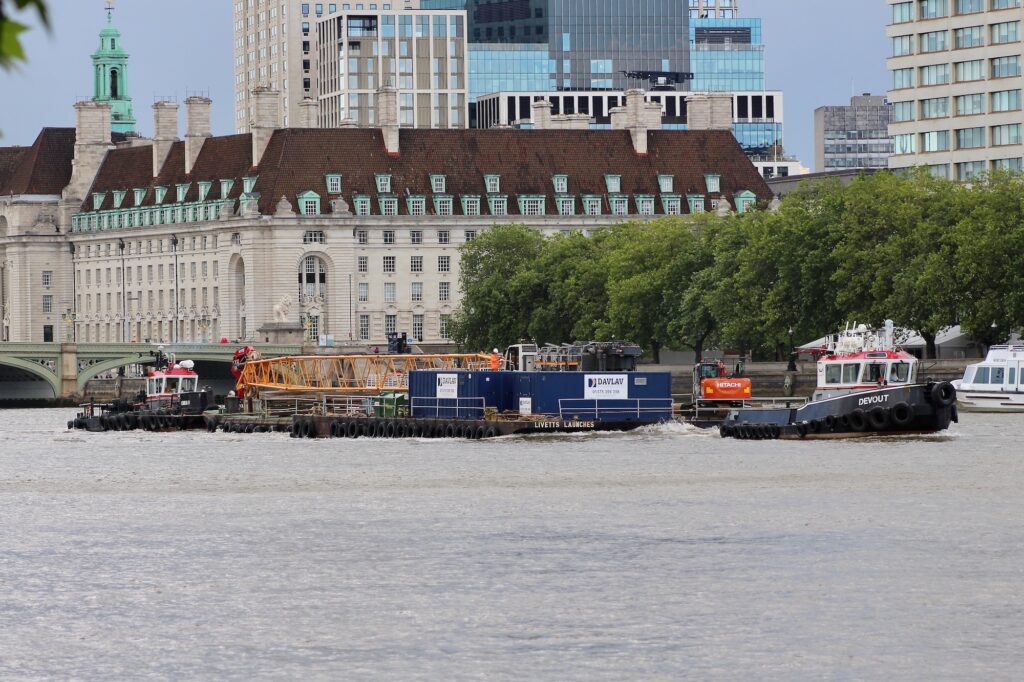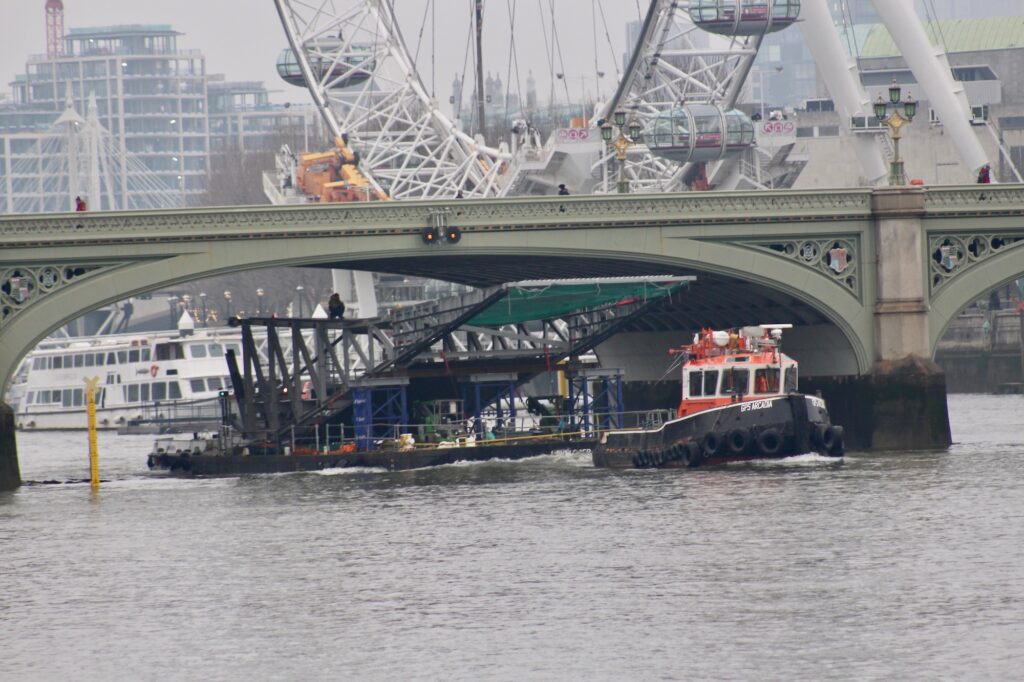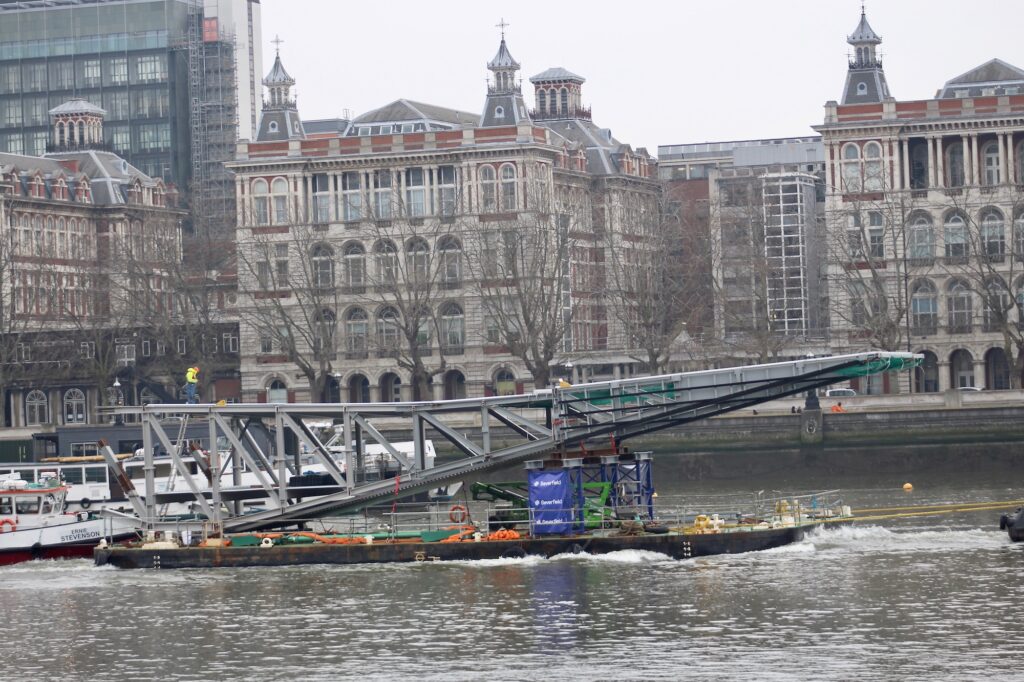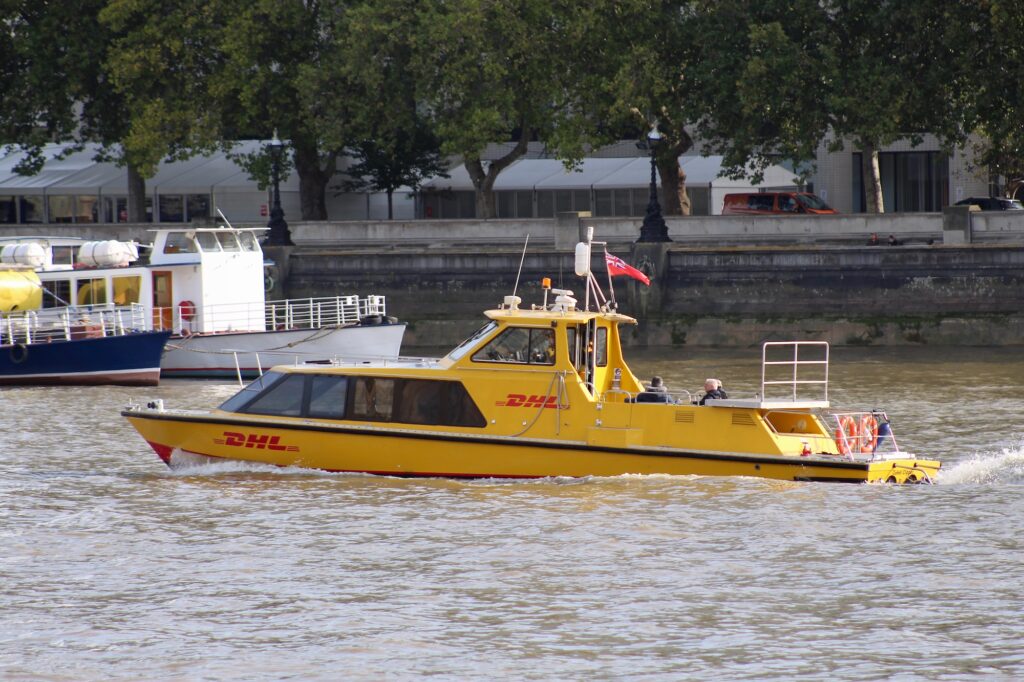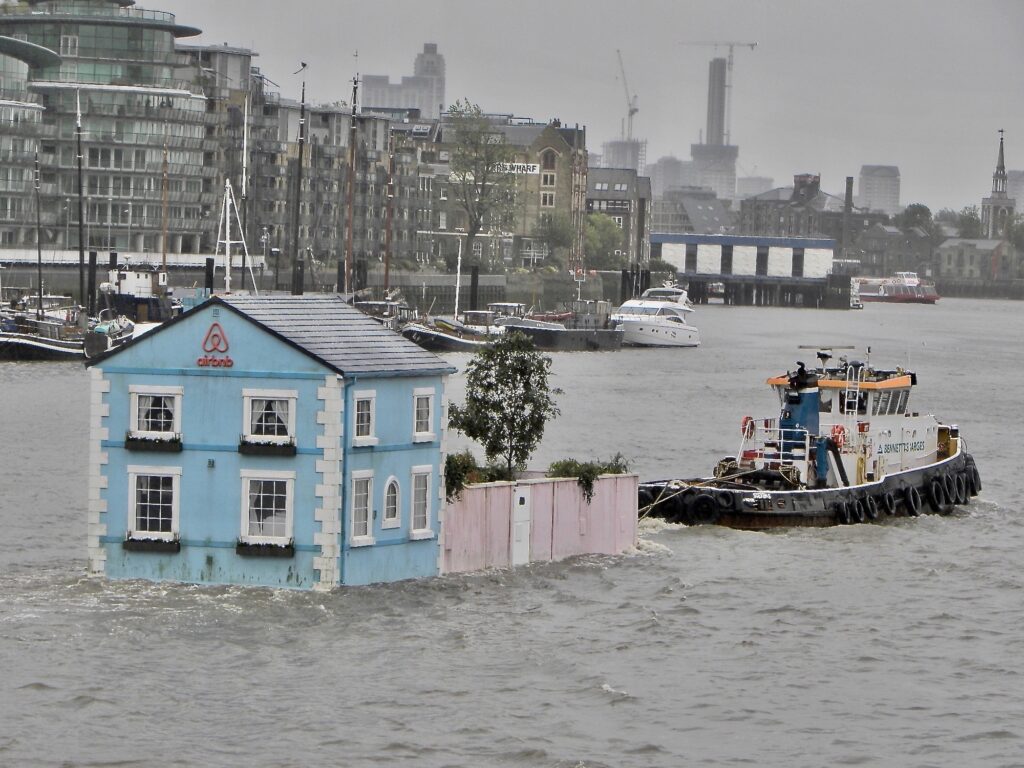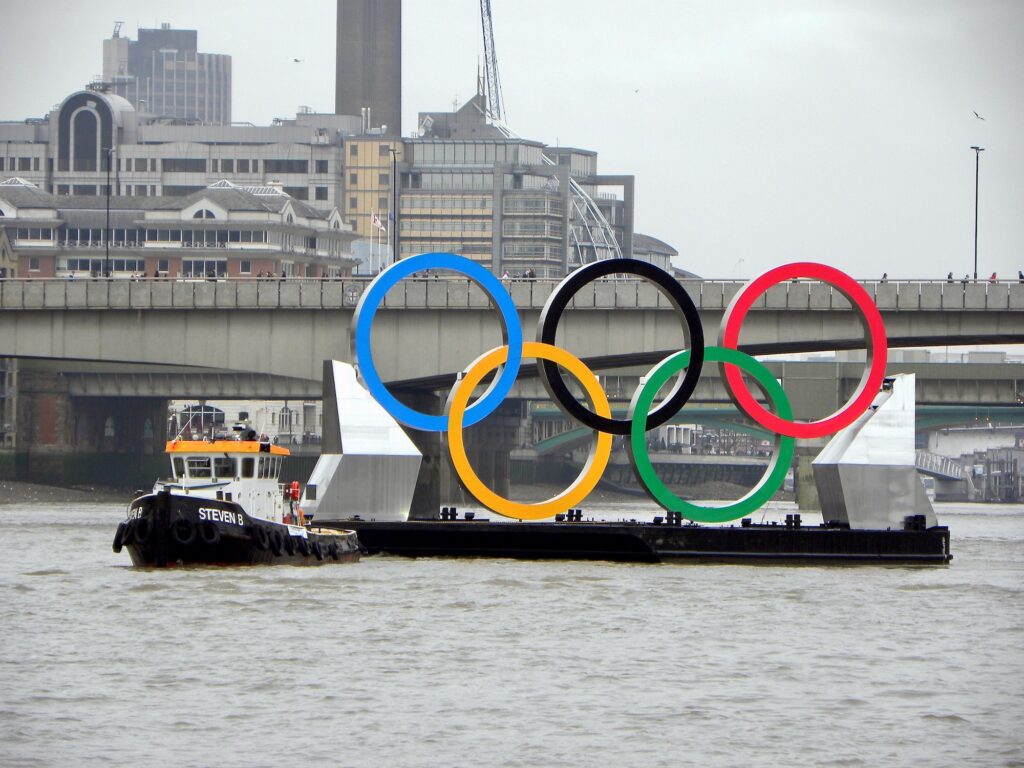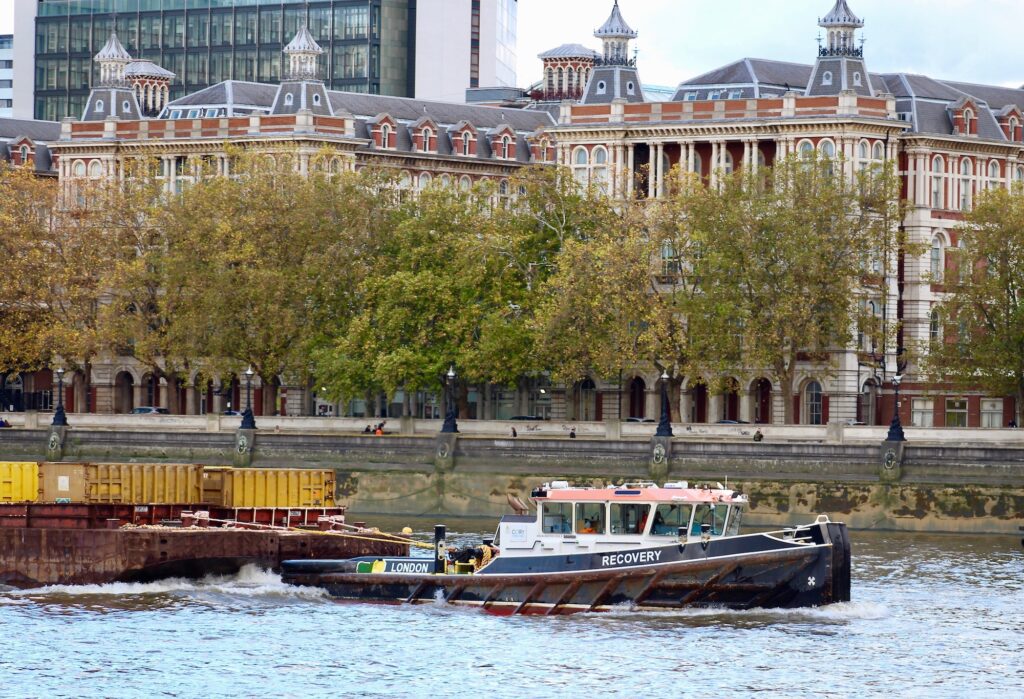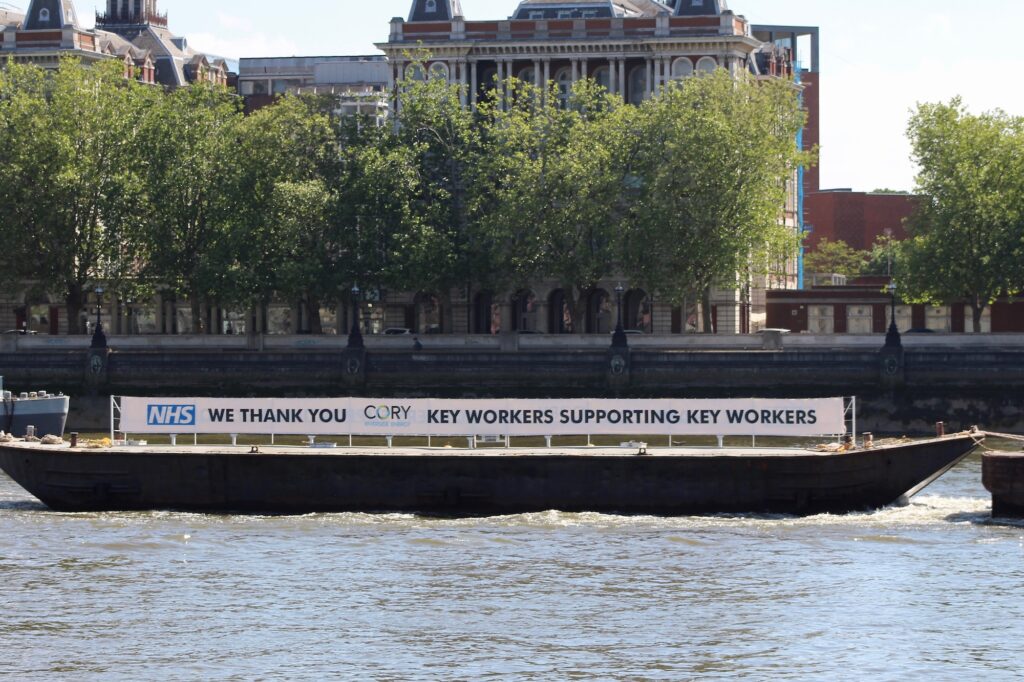Views captured from high points along the central London Thames
Twitter friends have kindly joined with me to share their views from some of the top vantage points along the river.
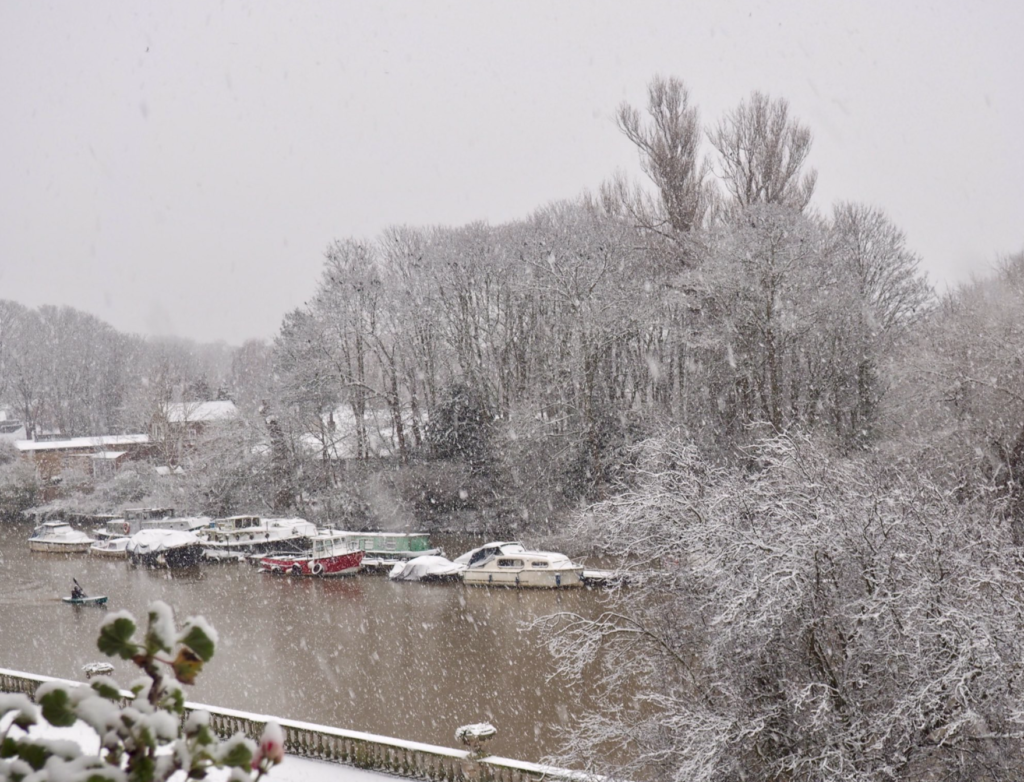
Our journey begins with Ruth Wadey looking out across the river at Eel Pie Island through a pretty, Christmas card snow shower. If you live in the London area, or further afield, you might quite often have noticed the photo credit ‘ruthiebabes’, or an EP, ‘Editor’s Pick’, attached to a BBC Weather Watchers’ image. This is Ruth Wadey. Not only is she a talented photographer, she is also an artist, and you can see her work at her gallery Ruth Wadey, and you can follow her on Twitter @ruths_gallery and Instagram.
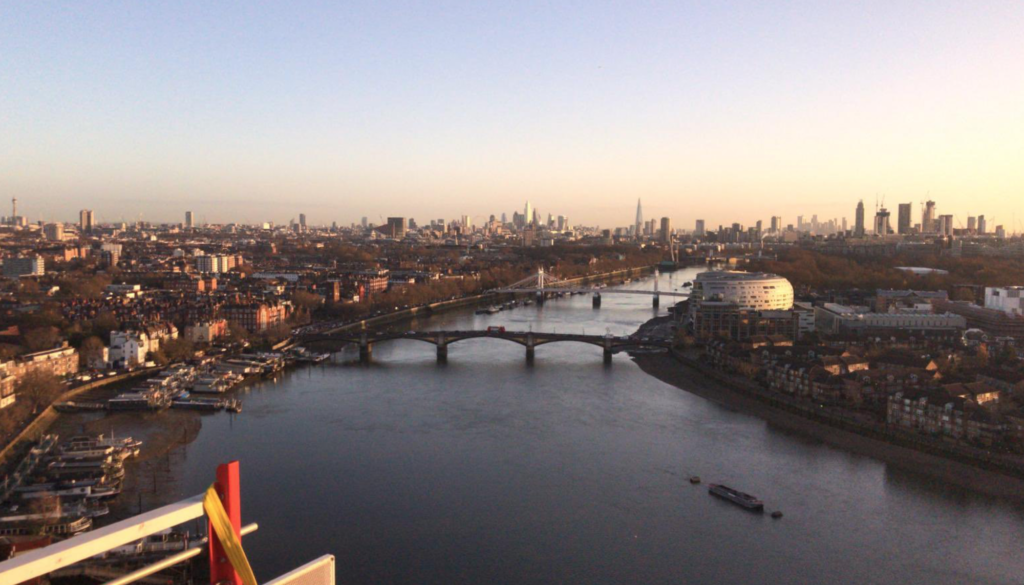
Wal Daly-Smith’s downstream river shot, from a new development at Lots Road next to Chelsea Wharf, takes in Battersea and Albert Bridges as well as the nearby Chelsea Houseboats. And on the skyline are buildings that you might just make out, including the Shard. You can follow him on Twitter @lens_wal

A picture, taken on a spur of the moment ‘flight’ in the London Eye, looking over a misty river, as miles of London gradually came into view during my journey to the top. I noticed the Eye managed some turns in between lockdowns this summer, presumably for maintenance, and hopefully it will be turning again before long.
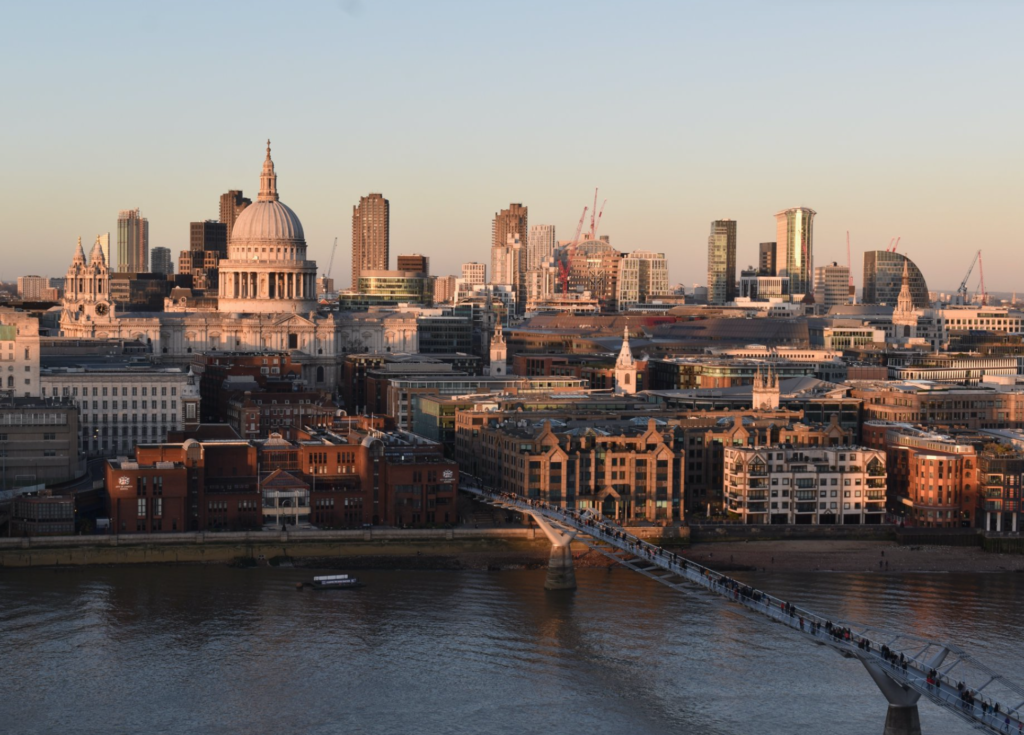
Having moved to Rotherhithe during the first lockdown, Jon Carruthers enjoys exploring and photographing the river whenever he can. He has covered most of the tidal Thames from Teddington to the Hoo Peninsula in Kent. “Its ever-changing nature and its history are what I love about it.” And that feeling clearly shows in his striking images. You can follow him on Twitter @carruthers_jon
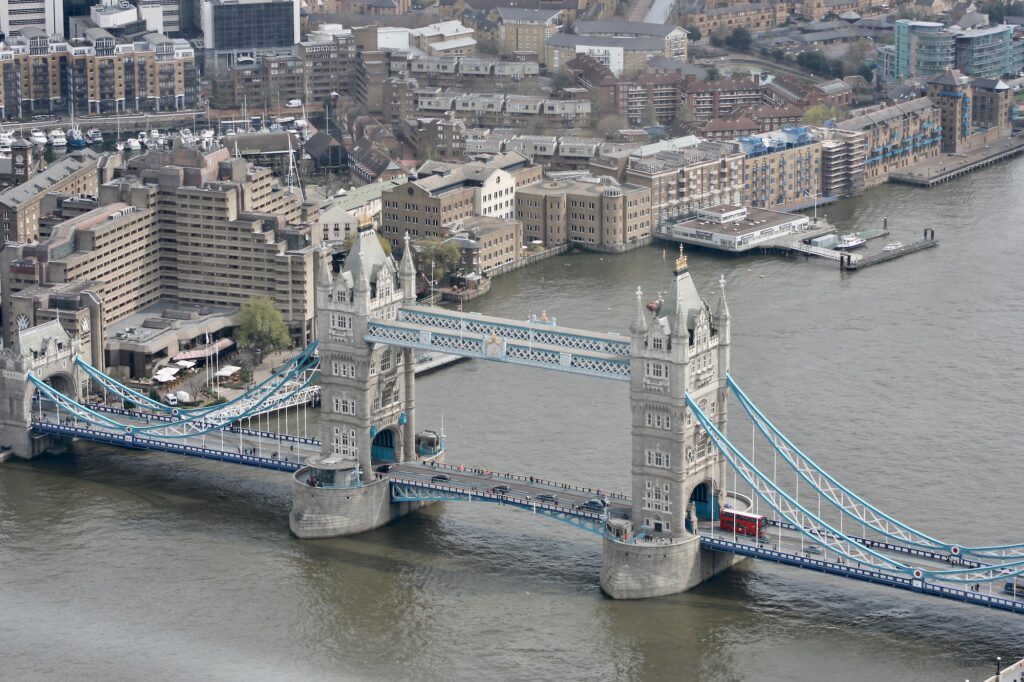
Tower Bridge seen from high up near the top of The Shard looks like the focal point of an elaborate model, and the Tower of London, HMS Belfast, and the Southern and Southeastern railway lines could be part of the same illusion. The Shard is visible from a great distance round the capital, so on a clear day you can see landmarks from there up to forty miles away, including the Thames Estuary and the Surrey Hills…
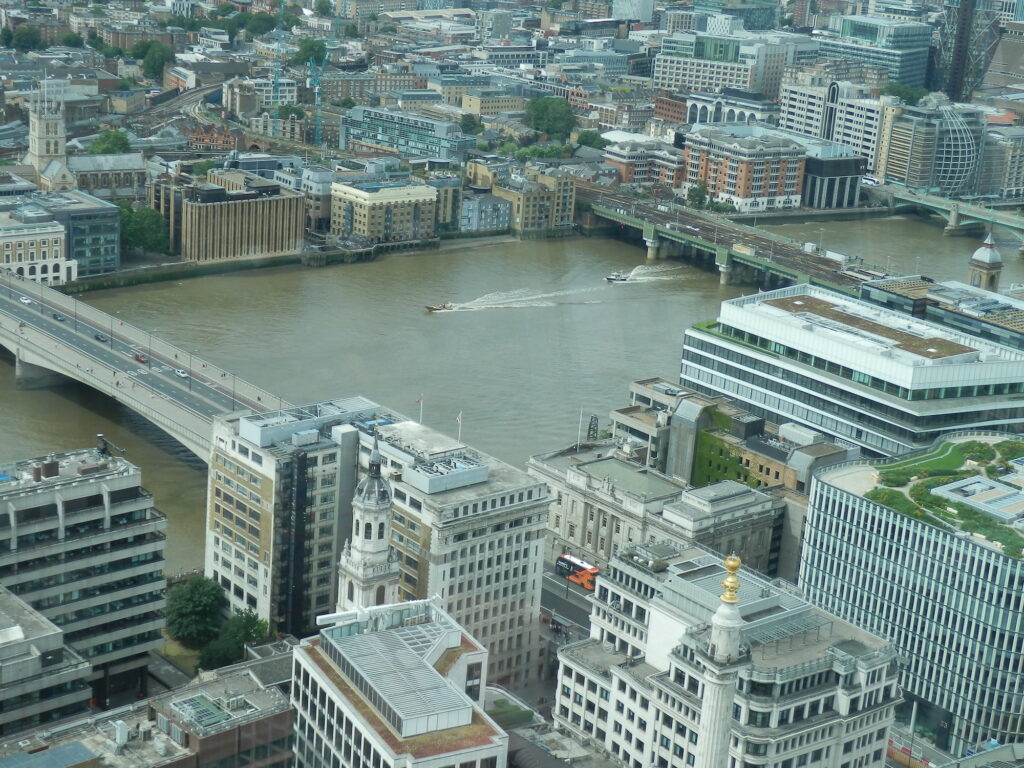
View from the Sky Garden in the ‘Walkie Talkie’ building, 20 Fenchurch Street, of a miniature river far below where a Police launch appears to be chasing , or racing, a RIB.
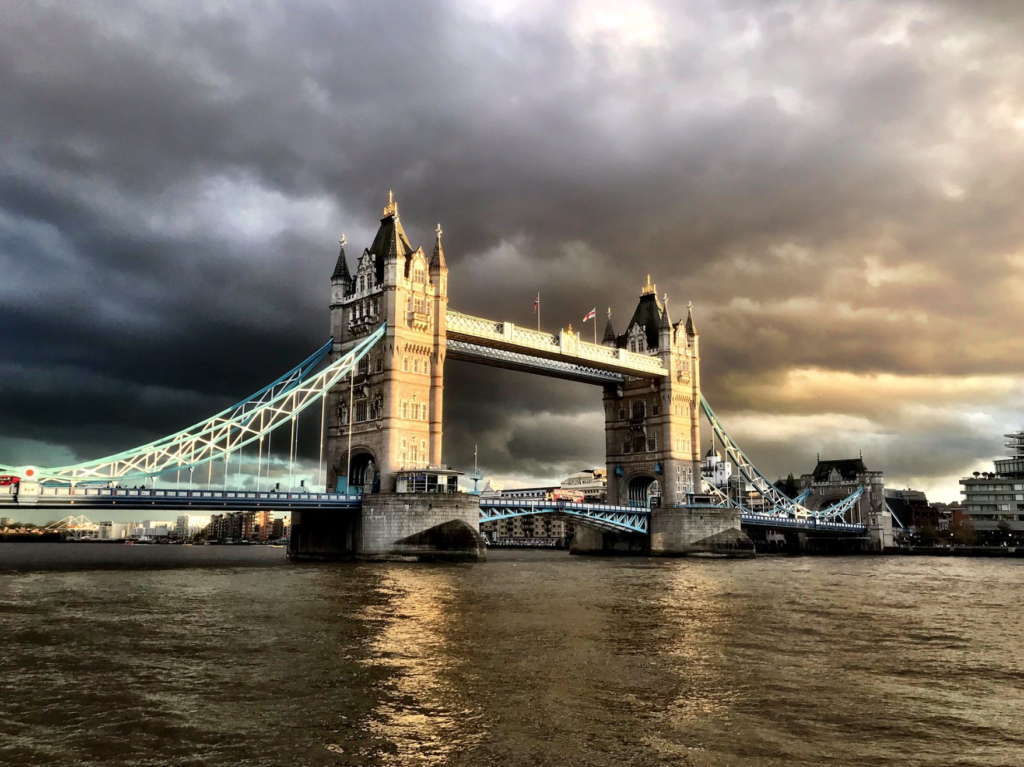
Though not on a high vantage point The Tower of London was for centuries in the most strategic defensive position along the Thames, with its protective moat and commanding views of the river in both directions. The picture is by Spike Abbott, Yeoman Warder at The Tower, a Tower Ward Beadle, and Freeman of the City of London. You can follow him on Twitter @spike_abbott

Mazimo, now back in the US, had a fantastic view of the Thames from his apartment. He recorded tugs and nautical manoeuvres on the river, which he sometimes filmed and put to music. This photograph is a lovely view from his balcony towards the Isle of Dogs. You can follow him on Twitter @2000MX5
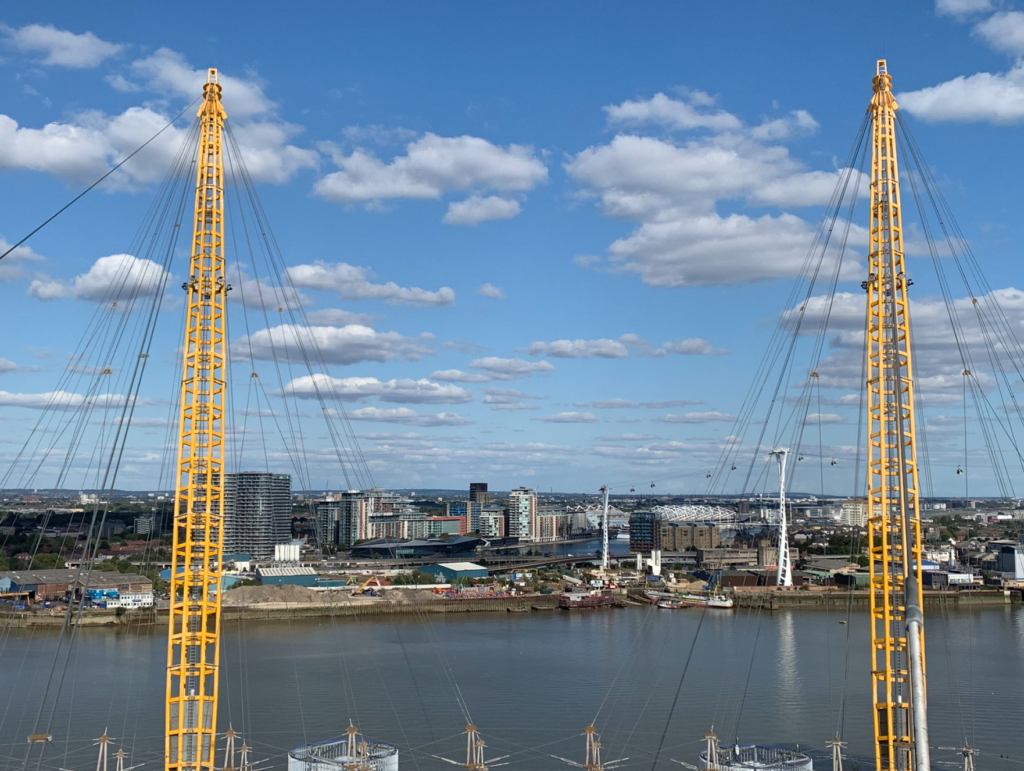
Ian Young took his picture looking across the Thames from the O2 viewing platform. On the right you can see the cable cars, from which in times other than lockdown, you can discover different perspectives of the river. Ian is interested in nature, regularly sharing photos on Twitter, particularly of birds, and he is my go-to person when I need to identify any birds in my photographs. He is the author of a blog on how birdwatching can help with anxiety – see here. You can follow him on Twitter @ianyoung33
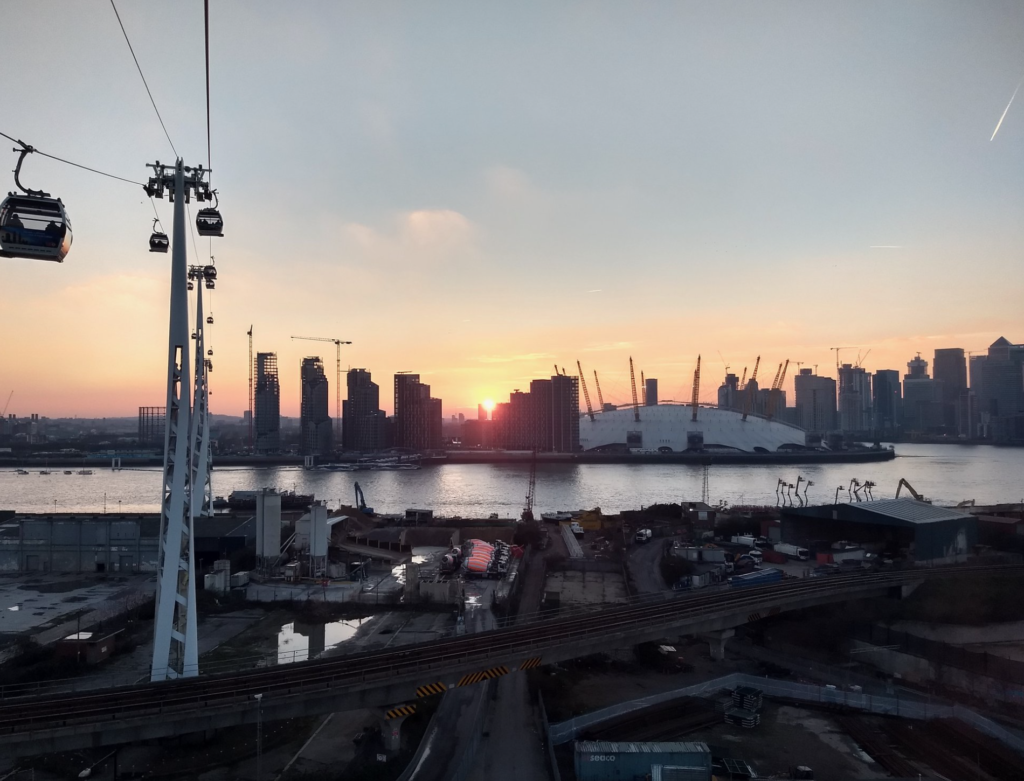
A second picture by Jon Carruthers, looking towards the O2 from where Ian Young took his picture. You can see the cable cars, in limbo for now, here on the left. You can follow him on Twitter @carruthers_jon
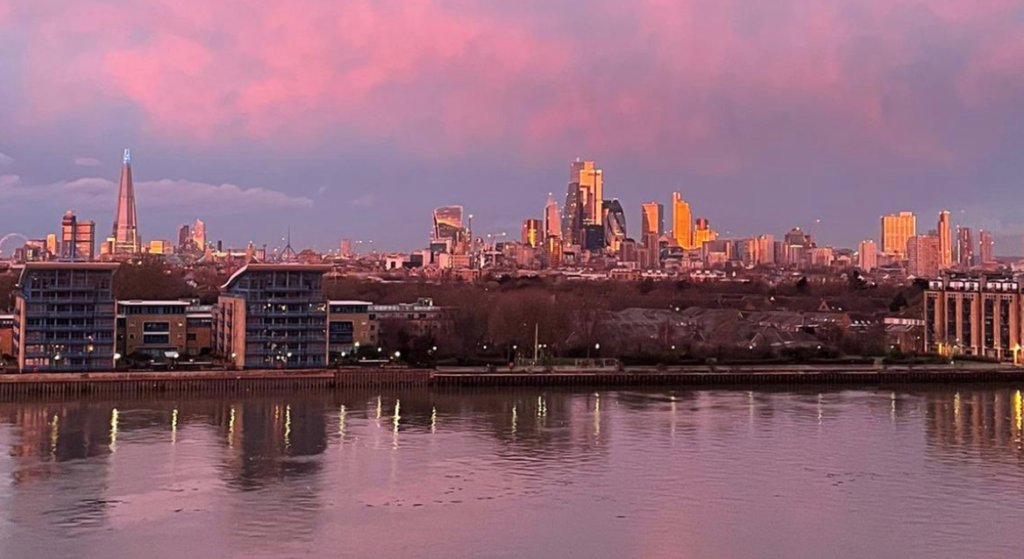
From the Isle of Dogs, Michelle Buchan has wonderful views of London’s cityscape in the west and its many colourful guises between sunrise and sunset. Closer to home she keeps an eye on the Thames below. Discover more about her work here and you can follow her on Twitter @M_Buchan
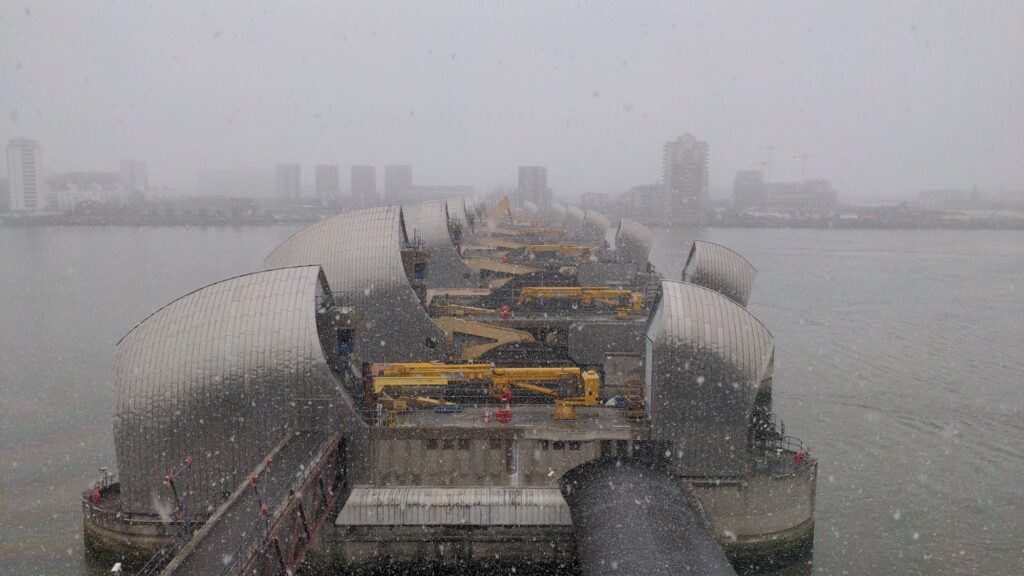
Here is a vantage point across the Thames from one of its most striking landmarks, where the skill and expertise of those forecasting and operating the Barrier keep London safe from flooding. You can follow Flood Forecaster Alan for news of the Barrier and closures on Twitter @AlanBarrierEA
If you would like images from even higher up than these vantage points you couldn’t do better than follow aerial photographer Jason Hawkes and see his pictures of London and the Thames in his spectacular photo story. You can follow him on Twitter @jasonhawkesphot
With thanks to:
Nigel Stoughton for the cover image and to Twitter friends for giving me permission to post their pictures:
Ruth Wadey: @ruths_gallery
Wal Daly-Smith: @lens_wal
Jon Carruthers: @carruthers_jon
Yeoman Warder Spike Abbot: @spike_abbott
Mazimo: @2000MX5
Ian Young: @ianyoung33
Michelle Buchan: @M_Buchan
Graeme courtesy of @AlanBarrierEA
